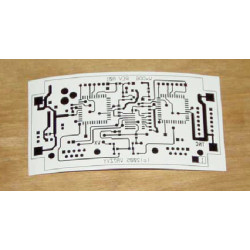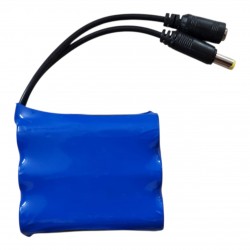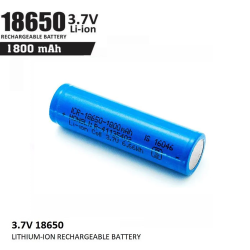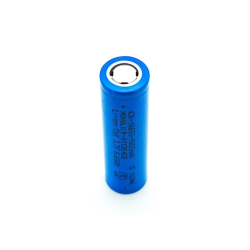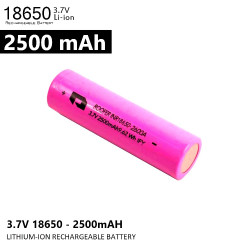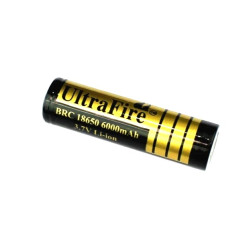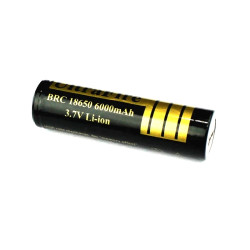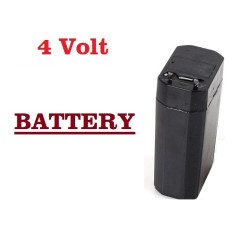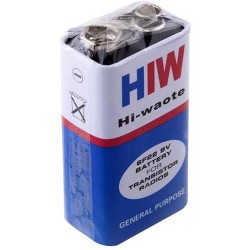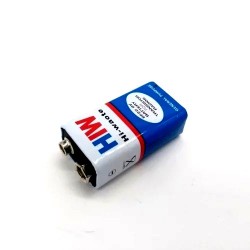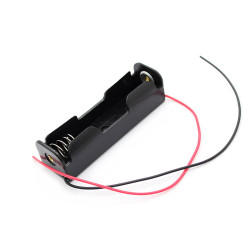Here's some information about the battery you should know:
1. 18650 Battery: The 18650 battery is a cylindrical lithium-ion rechargeable battery. It is named after its dimensions, 18mm in diameter and 65mm in length. 18650 batteries are commonly used in applications such as laptops, power tools, electric vehicles, and portable electronics due to their high energy density and long life cycle.
2. Acid Battery: The term "acid battery" typically refers to lead-acid batteries. These batteries use a combination of lead plates and sulfuric acid electrolyte to store and deliver electrical energy. Lead-acid batteries are widely used in vehicles, such as cars, motorcycles, and golf carts, as well as in backup power systems and renewable energy storage applications.
3. Lithium-Ion (Li-ion) Battery: Li-ion batteries are rechargeable batteries that use lithium ions to move between the positive and negative electrodes during charge and discharge cycles. They are known for their high energy density, lightweight design, and lack of memory effect. Li-ion batteries are widely used in smartphones, laptops, electric vehicles, drones, and many other portable electronic devices.
4. LiPo (Lithium-Polymer) Battery: LiPo batteries are a variant of lithium-ion batteries that use a polymer electrolyte instead of a liquid electrolyte. They are flexible and can be manufactured in various shapes and sizes, making them suitable for applications where form factor is critical. LiPo batteries are commonly used in drones, RC vehicles, portable electronics, and wearable devices.
5. Dry Cell Battery: Dry cell batteries are a type of battery that uses a paste or gel electrolyte instead of a liquid electrolyte. These batteries are typically sealed and are commonly found in household devices such as flashlights, remote controls, toys, and clocks. Alkaline batteries, which are a type of dry cell battery, are popular for their long shelf life and high energy output.
It's important to note that when dealing with batteries, proper handling, usage, and disposal practices should be followed to ensure safety and environmental responsibility.
-
Your shopping cart is empty!
-
Mixed Menu
New
Top Sellers
Heat transfer law making circuit boards, circuit board is drawn graphics, laser printers print in thermal transfer paper, and then covered in Bo..₹12.0When drilling holes in a printed circuit board (PCB) for electronic components, specific drill bits called PCB drill bits or PCB drills are used. Thes..₹10.2Nut with Bolt - 2mmx75mm(approx) Commonly used for robotics or any other user specific application. Specifications: Size : 3inch (Length) ..₹5.9When drilling holes in a printed circuit board (PCB) for electronic components, specific drill bits called PCB drill bits or PCB drills are used. Thes..₹10.2 - Blog
Batteries
Here's some information about the battery you should know:
1. 18650 Battery: The 18650 battery is a cylindrical lithium-ion rechargeable battery. It is named after its dimensions, 18mm in diameter and 65mm in length. 18650 batteries are commonly used in applications such as laptops, power tools, electric vehicles, and portable electronics due to their high energy density and long life cycle.
2. Acid Battery: The term "acid battery" typically refers to lead-acid batteries. These batteries use a combination of lead plates and sulfuric acid electrolyte to store and deliver electrical energy. Lead-acid batteries are widely used in vehicles, such as cars, motorcycles, and golf carts, as well as in backup power systems and renewable energy storage applications.
3. Lithium-Ion (Li-ion) Battery: Li-ion batteries are rechargeable batteries that use lithium ions to move between the positive and negative electrodes during charge and discharge cycles. They are known for their high energy density, lightweight design, and lack of memory effect. Li-ion batteries are widely used in smartphones, laptops, electric vehicles, drones, and many other portable electronic devices.
4. LiPo (Lithium-Polymer) Battery: LiPo batteries are a variant of lithium-ion batteries that use a polymer electrolyte instead of a liquid electrolyte. They are flexible and can be manufactured in various shapes and sizes, making them suitable for applications where form factor is critical. LiPo batteries are commonly used in drones, RC vehicles, portable electronics, and wearable devices.
5. Dry Cell Battery: Dry cell batteries are a type of battery that uses a paste or gel electrolyte instead of a liquid electrolyte. These batteries are typically sealed and are commonly found in household devices such as flashlights, remote controls, toys, and clocks. Alkaline batteries, which are a type of dry cell battery, are popular for their long shelf life and high energy output.
It's important to note that when dealing with batteries, proper handling, usage, and disposal practices should be followed to ensure safety and environmental responsibility.






















